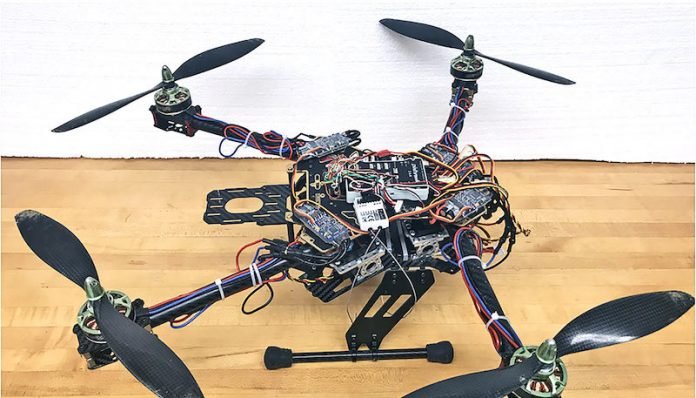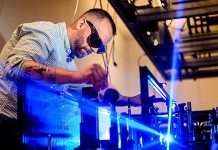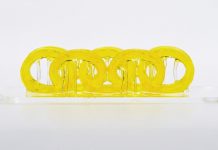
In a new study, scientists have developed a new type of drone that can work in strong winds.
They were inspired by insect wings. The new drone is also more energy-efficient and can handle a bigger payload.
The research was conducted by a team from Purdue University.
Previous research has shown that drones can deliver products on a sunny day but it is hard to do it when the weather is windy.
This is because most drones use a fixed-arm design, which greatly reduces their maximum payload capacity.
In the study, the researchers were inspired by the wings and flight patterns of insects.
They created a drone design with automatic folding arms that can make in-flight adjustments.
This novel design gives drones better stability in windy days because the folding arms can move and change the center of gravity of the device during a flight.
It also makes drones more energy efficient because the movable-arm technology allows the drones to use the full range of rotor thrust.
In the new design, the movable arms can liberate part of rotor thrust to fight the weight on the overall device and allows a larger payload.
The new drones may play an important role in search-and-rescue operations because they can navigate the air conditions in ravaged areas more effectively.
They can also move their arms to go through narrow spaces.
Currently, the drone market is increasing and there are more demands from the military, government, and consumers.
The team is working with the Purdue Office of Technology Commercialization to patent this device.
They hope to license the technology in the near future.
The lead author of the study is Xiumin Diao, an assistant professor in the School of Engineering Technology at Purdue University.
The study is published in ASME Journal of Dynamic Systems, Measurement, and Control.
Copyright © 2019 Knowridge Science Report. All rights reserved.



